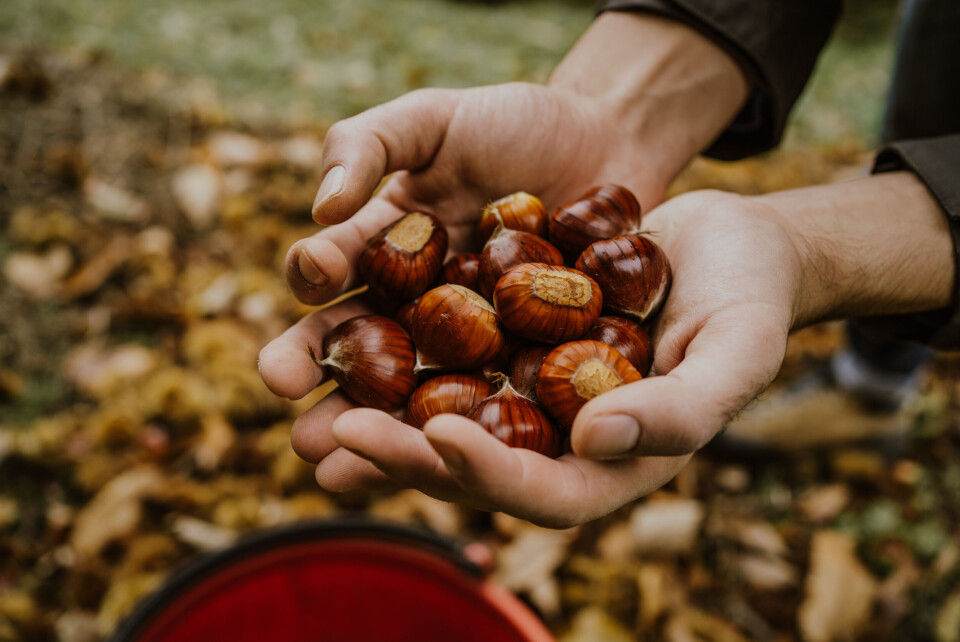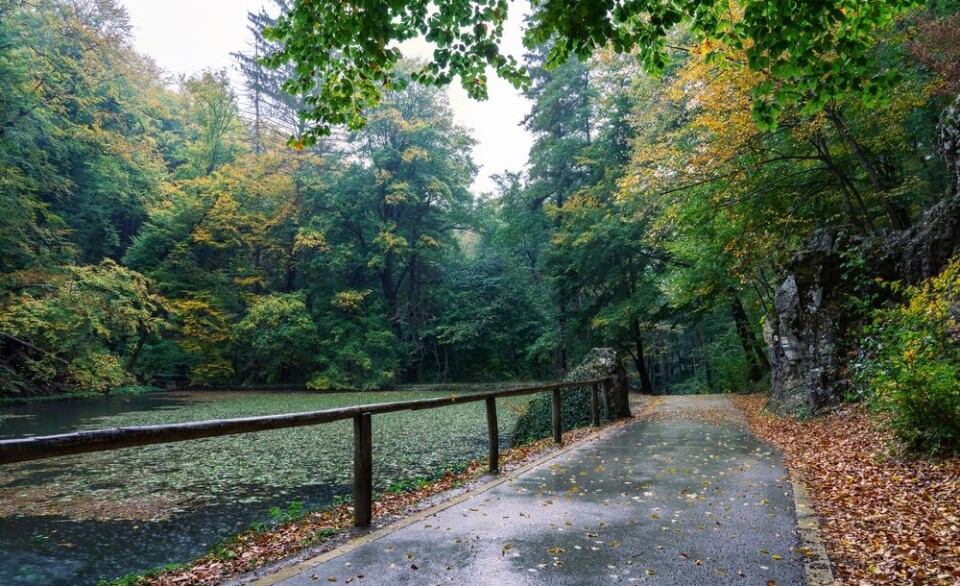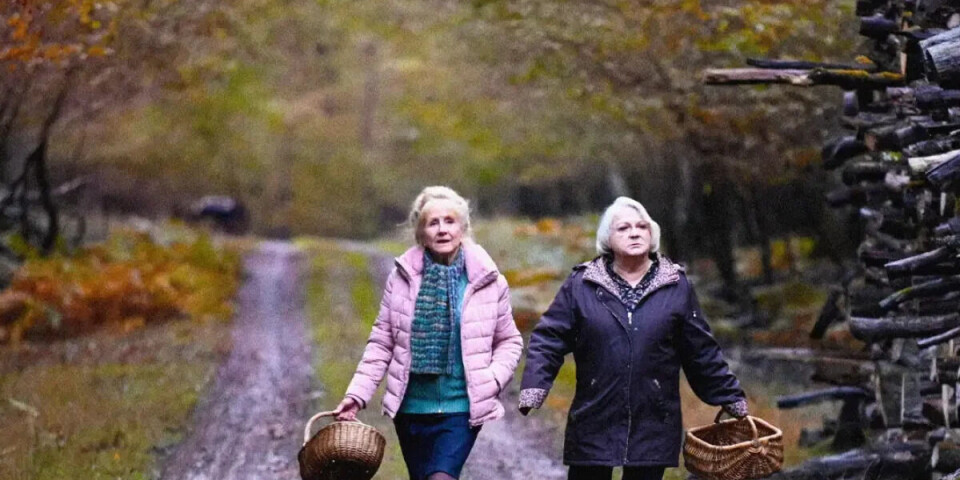-
50,000 sign petition to bring back iconic Cachou Lajaunie sweets
Changes in taste and rumoured recipe alteration blamed for disappearance
-
Classic French recipe with an exotic twist: caramelised onion soup
A dish inspired by the travels of two Paris chefs
-
Heritage Days in France: ideas for visits this weekend plus photos
Over 2,000 sites are set to welcome visitors for free on September 20 and 21
Nuts about Châtaignes: The history of French chestnuts
An exploration of the history of chestnuts in remote rural areas of France

In remote rural areas of France, like the Cévennes mountains, sweet chestnuts were a staple food from at least the 10th century until the advent of mass food production. Horse chestnuts (conkers), it should be noted, are inedible.
The steep mountain slopes offered little flat land for growing cereal crops, and the trees flourished despite harsh winters and extremely hot summers. The trees were grafted in order to be more resilient and to produce better crops, and they were exported all over southern France.
Read more: Chestnuts vs conkers: Know the difference when out gathering in France
The history of chestnuts is explained at various museums, including the Castanea Museum (Espace Découverte de la Châtaigne d’Ardèche) in the happily named village of Joyeuse (Ardèche), an hour's drive north of Alès. Françoise Allain, in charge of heritage at the museum, explained that from around the 13th century, chestnuts were dried and made into flour.
17th-20th Century
From the 17th century onwards, specialised wholesale markets appeared in towns, including Joyeuse. "The arrival of railways accelerated the trade, and in 1897, just the single small station at Lamastre exported 1,714 tonnes of chestnuts to other parts of France.
From the early 19th century, chestnut production began to decline. Land was turned over to growing mulberries to feed silkworms, more cereal products were available, and from 1870 onwards the population began to shrink as people left for the big cities. When it was discovered that the tannin from chestnut trees could be used to dye silk black, nearly a million trees were felled."
The idea to create the Parc Naturel Régional des Monts d’Ardèche was initiated by local chestnut growers (castanéiculteurs) in 1992. The park opened in 2001, stretching across the west of Ardèche to neighbouring communes in Haute-Loire.
Chestnuts can be used in sweet or savoury recipes. Locally, the trees were called "arbres à pain" because it is possible to make flour from chestnuts. Ordinary chestnuts are called "châtaignes" and come from trees called "châtaigniers."
Larger chestnuts are called "marrons" and come from trees called "marroniers." One of the subtle differences between the two is that inside the bogue (spiky outer shell) of a marron, there is usually only one nut, but the bogue of a châtaigne can contain several nuts.
In the autumn, it is often possible to gather chestnuts for free. (If you are unsure where to go, ask for information at the local mairie or tourist office). They can be roasted over hot coals, blanched, peeled, and frozen, or made into flour, jams, liqueurs, and syrups.
Read more: Do you agree? French cuisine is not superior to other foods
Festivals
There are festivals all over the southwest. The Fête de la Châtaigne in Éguzon-Chantôme (Indre) between Limoges and Châteauroux will take place on 31st October and 1st November 2023, in partnership with a Salon de Rando (hiking festival).
There will be guided walks (on foot or on horseback) through the chestnut woods and round the local lake, plus roasting chestnuts, market stalls, local producers, and more. They will be pressing fresh apple juice and running demonstrations and workshops on cultivating chestnuts and carving the wood, plus there will be music and dancing.
In Saint-Pons-de-Thomières (Hérault), northwest of Béziers, the Fête de la Châtaigne will be on 28th October 2023, including local producers’ stalls, fresh and roasted chestnuts, events for adults and children, plus street music.
On 15th October 2023, there will be a grand Fête de la Châtaigne in Beynat (Corrèze) with organised walks and free tastings of apple juice and roasted chestnuts. There will be competitions for the best chestnuts and chestnut products, market stalls, gardening and pâtisserie workshops, sales of chestnut recipe books, children’s paintings, singing and dancing, traditional wooden games and toys, wood sculpting, face painting, book signings, and storytelling.
The Fête de la Châtaigne et du Cèpe in Villefranche-du-Périgord (Dordogne), southeast of Bergerac, on 21st-22nd October 2023, will include a chestnut cake competition, tastings, market stalls, a Catholic Mass followed by a parade, roasted chestnuts, fresh apple juice, a giant mushroom omelette made from cèpes, an exhibition on mushrooms, arts and crafts, folk singing and dancing, a chestnut-picking contest, plus a big meal and a dance.
Related links
French public warned over edible chestnut confusion
Marrons glacés: sweet taste of success
Why are shopping centre chain restaurants so popular in France?
























